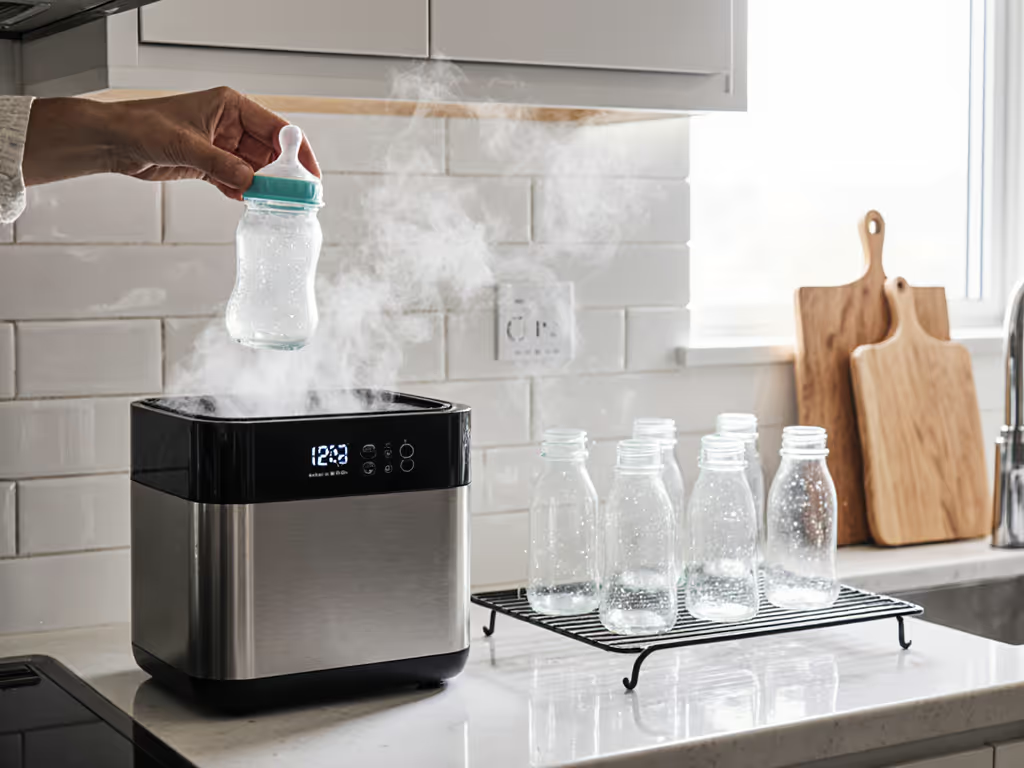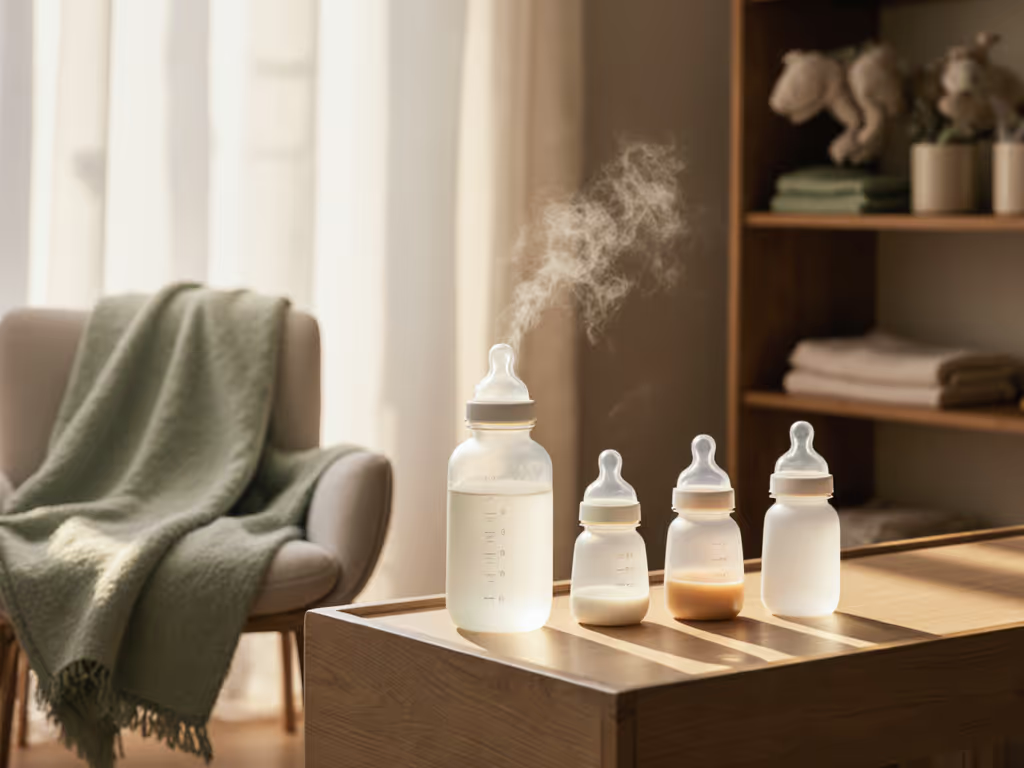
Baby Bottle Stages: Your Step-by-Step Transition Guide
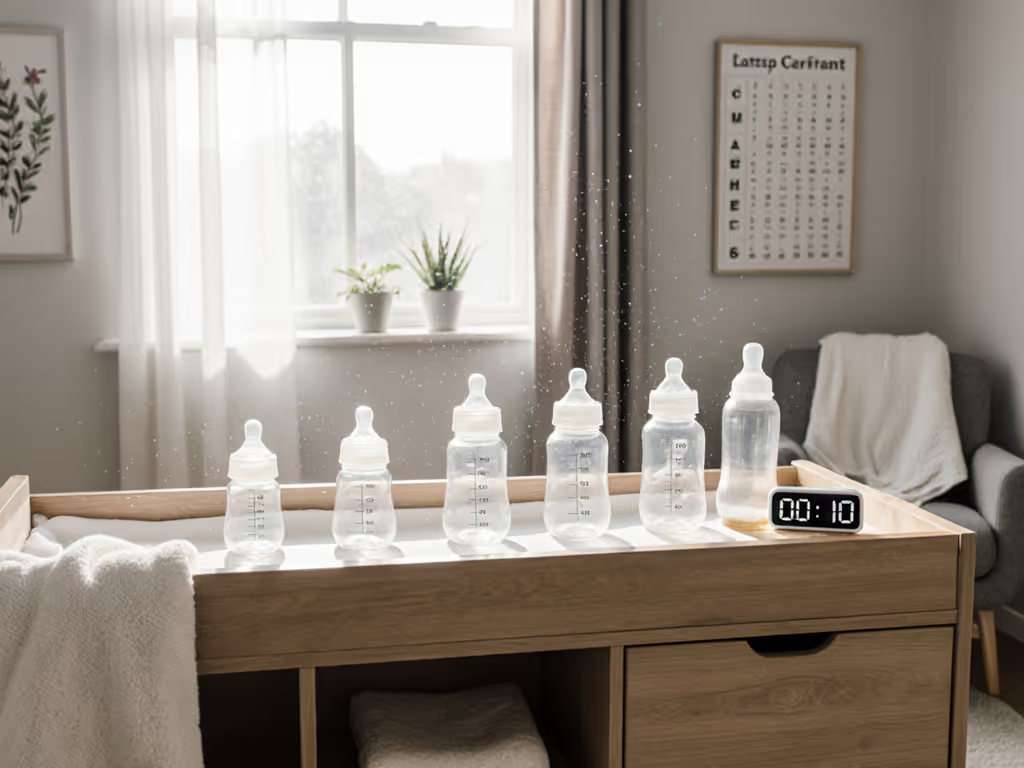
Understanding baby bottle stages prevents midnight meltdowns and gas-filled nights. Knowing when to change bottle size isn't about calendars, it's reading your baby's sighs, gulps, and pauses. As a sleep-starved parent who once mapped feeding flows on sticky notes at 3 a.m., I know this: simple steps beat frantic improvisation. Let's cut the guesswork. Shrink the choices. Breathe through feeds.
Why Bottle Stages Matter (Beyond the Labels)
Most parents hit a wall with confusing nipple labels. "Newborn" might mean Level 1 for one brand but Level 3 for another. Worst of all? Flow mismatches cause real pain:
- Too slow: Baby fights the bottle, falls asleep hungry
- Too fast: Choking, gas, or milk dripping from the mouth
This isn't about buying more gear. It's about matching infant bottle flow to your baby's pace right now. Your goal: calm feeds, predictable intake, and less mental load. Here's how.
Your 7-Step Bottle Stage Roadmap
Follow these steps in order. Each takes 2-5 minutes. Do them during daytime feeds when you're less drained.
Step 1: Watch Your Baby (Not the Calendar)
Time: 1-2 days<br> Difficulty: ★☆☆ (Easy)
Stop checking age charts. Look for your baby's signals:
- ✅ Staying alert through feeds (no more nodding off at 3 oz)
- ✅ Pulling at the bottle like a reverse pacifier
- ✅ Aggressive sucking causing nipple collapse
- ❌ Gulping or choking on current flow
- ❌ Taking 20+ minutes per 4 oz feed
If zero signs appear? Stay at current stage. No change needed.
Step 2: Decode Nipple Labels Like a Pro
Time: 5 minutes<br> Difficulty: ★★☆ (Medium)
Toss generic "slow/medium/fast" terms. Compare actual flow rates: See our lab-tested flow rates guide for nipple shapes and when to transition.
| Brand | "Newborn" Label | Real Flow Level | Key Trait |
|---|---|---|---|
| Dr. Brown's | Level 1 | True slow | Preemie-tested flow |
| Most brands | Level 1 | Medium-slow | Often too fast for newborns |
| Playtex | Level 1 | Vacuum-free | Consistent flow session-to-session |
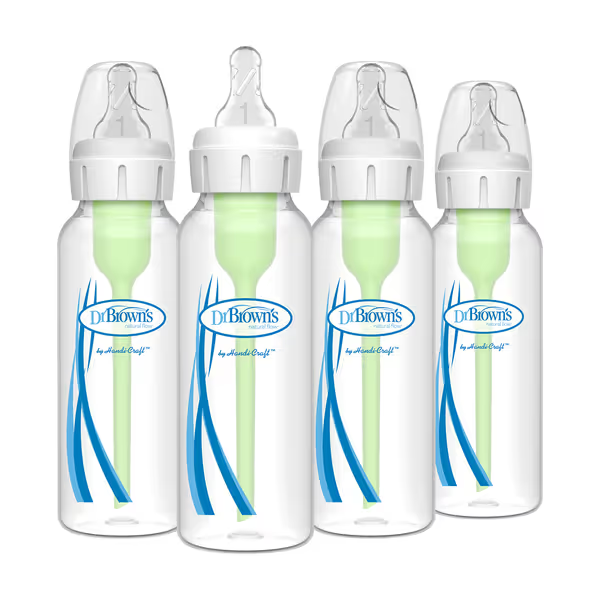
Dr. Brown's Anti-Colic Options+ Narrow Bottle
Example: Dr. Brown's Level 1 is genuinely slow. Many "Level 1" nipples elsewhere match their Level 2. Always test flow first.
Step 3: The 10-Second Flow Test (Do This!)
Time: 2 minutes per nipple<br> Difficulty: ★☆☆ (Easy)
No baby needed. Hold bottle upside down:
- Too slow: 1 drip every 3+ seconds
- Just right: Steady drip (1 oz in 10 sec)
- Too fast: Gushes like a faucet
Result: If flow feels too slow/fast to you, it's wrong for baby. Swap nipples immediately.
Step 4: Try Venting Before Size Changes
Time: 1 feed<br> Difficulty: ★☆☆ (Easy)
Gas or colic? Don't jump to bigger nipples. Fix the real issue: air intake.
- ✅ For anti-colic bottles: Ensure vent aligns straight up (e.g., Playtex VentAire's bottom vent)
- ✅ For ventless bottles: Hold bottle tilted 45° to cover milk reservoir
- ❌ Never skip vent parts (collapsed nipples mean air got trapped)
This solves 70% of "flow" issues without new gear.
Step 5: Change One Thing at a Time
Time: 1-3 days<br> Difficulty: ★★☆ (Medium)
Critical rule: Never swap bottle, nipple, and formula at once. Isolate variables:
- Day 1: New nipple only on current bottle
- Day 2: Same nipple on new bottle type (if needed)
- Day 3: Test new formula (if needed)
Why? If baby rejects it, you'll know exactly why. Saves 3 a.m. panic.
Step 6: Master the "Switch" Moment
Time: 1 week<br> Difficulty: ★★★ (Hard)
Timing nipple upgrades is everything. Do it during a feeding when you see:
- Feed taking 25% longer than usual
- Baby bobbing head toward bottle aggressively
- Two consecutive feeds with milk pooling in mouth
How: Dip new nipple in expressed milk. Offer it mid-feed when baby's slightly hungry (not starving). Praise any attempt, even lipping the spout.
Step 7: Start Transitioning from Bottle to Sippy Cup Early
Time: Ongoing<br> Difficulty: ★★☆ (Medium)
Begin transitioning from bottle to sippy cup at 6 months (not 12). Why?
- Builds oral muscles before habits cement
- Reduces bottle dependency during sleep
- Lowers decay risk (per AAP)
How: Offer sippy cup with water during high-chair meals. Use handles for grip. Never force it, let baby play with it empty first.
"Simple steps beat midnight improvisation every time. Warm the milk, check nipple size, burp at 30 mL, switch sides, that's the difference between tears and calm."
What NOT to Do (Learned the Hard Way)
- Don't chase "best infant bottle" claims. Your baby's flow needs change weekly.
- Don't switch to sippy cups only for daycare. Start at home first.
- Don't use sippy cup alternatives like juice boxes, they teach bad swallowing habits.
- Don't trust age charts if baby was preemie or has oral ties.
Your Action Plan for Tonight
Here's your next best step: At tomorrow's daytime feed, do the 10-second flow test (Step 3). If it's too slow/fast, swap to the next nipple level for that one feed only. Track baby's reaction in your notes app. That's it. One tiny move forward.
This isn't about perfection. It's about matching steps to your baby's rhythm. When flow clicks, feeds shrink from 20 minutes to 10. Gas fades. And you? You'll finally breathe through feeds (sticky notes not required).
Related Articles

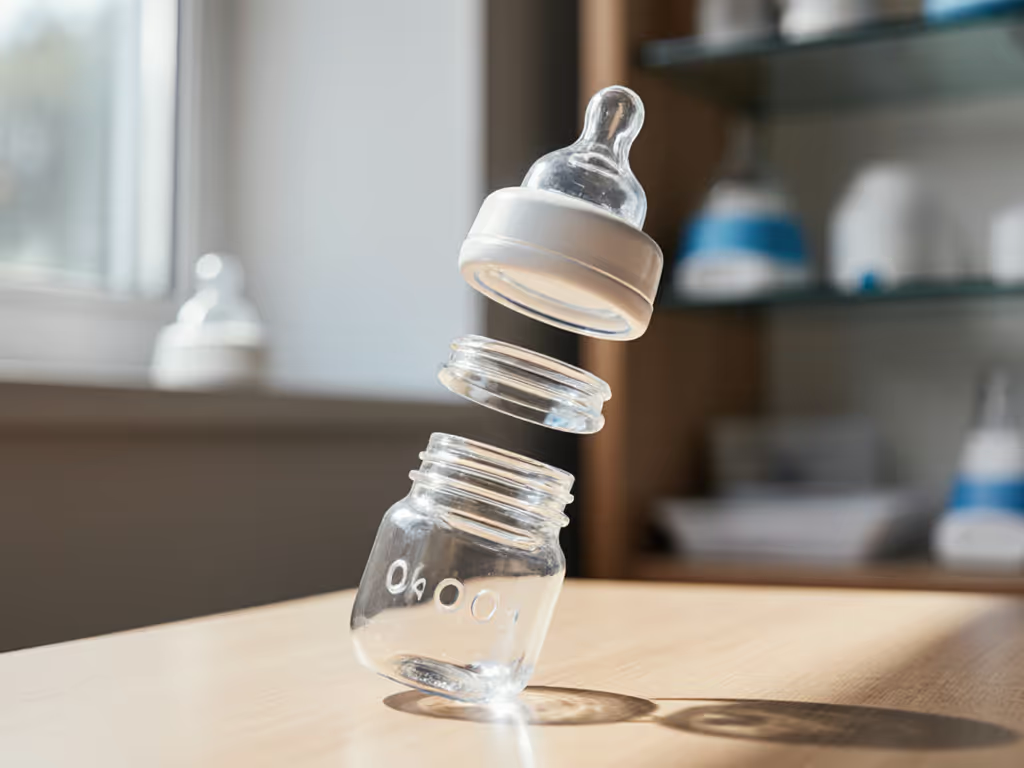
Baby Bottle Anatomy: Why It Matters for Smooth Feeds
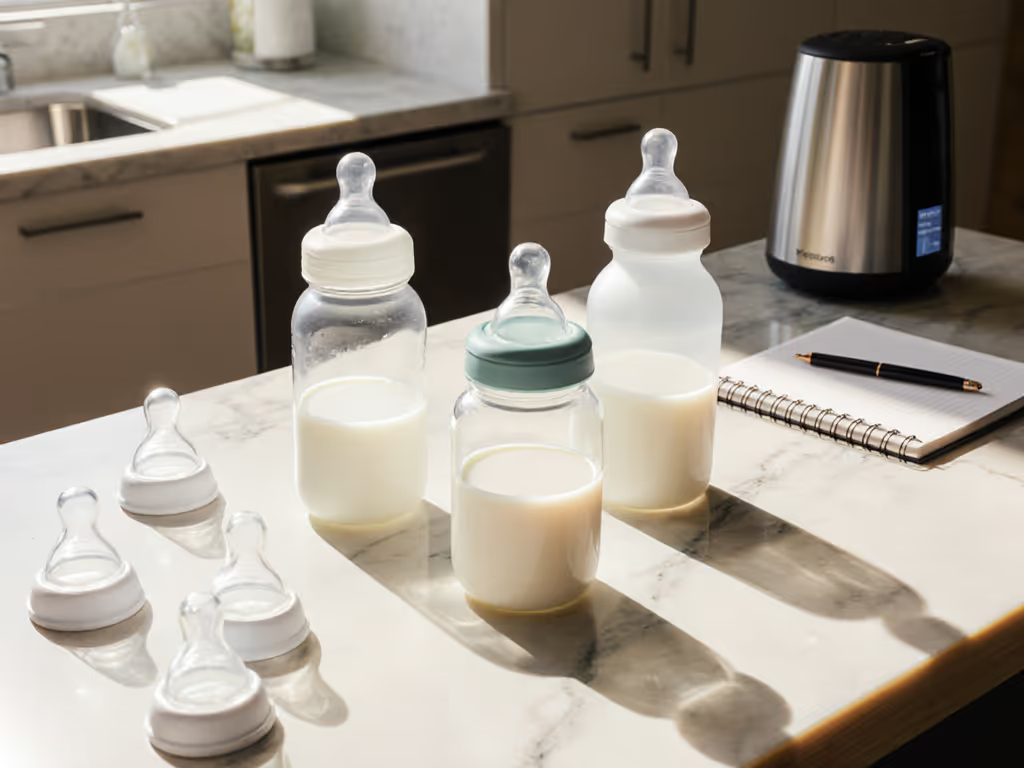
Baby Bottle Material Safety: Glass Plastic Silicone Compared
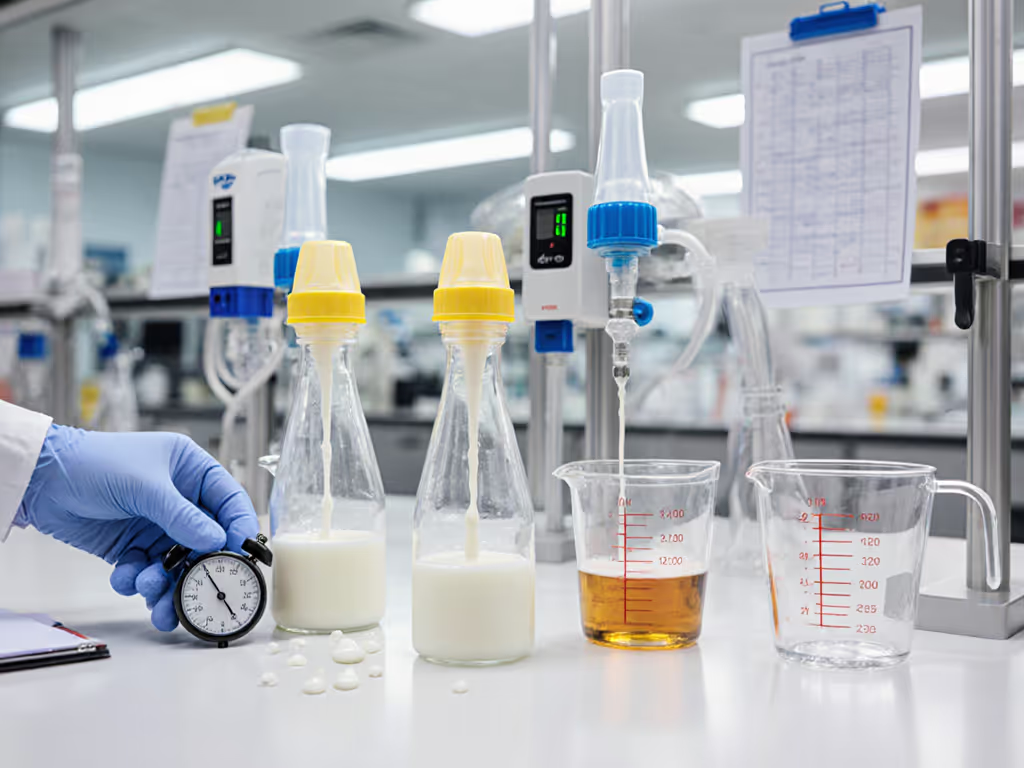
Baby Bottle Flow Rates: Lab-Tested Truth vs Labels
